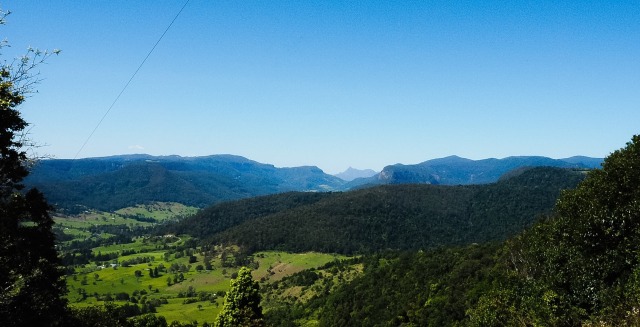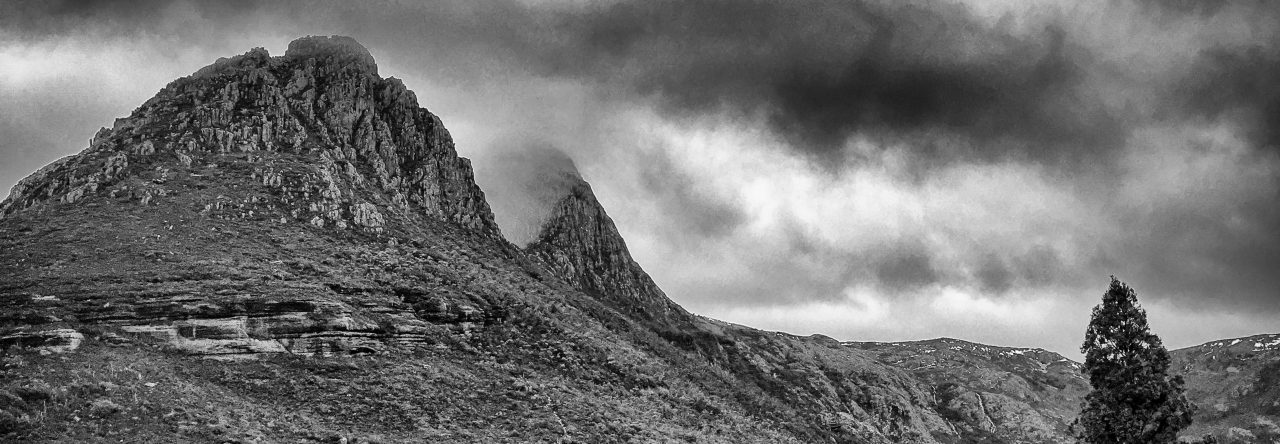At the moment, music is taking a bit of a back seat as I’m over at the University of Queensland studying for a Master of Philosophy in Creative Nonfiction Writing for the next couple of years (yes there is such a thing as creative nonfiction, but I’ll get into that in another post). Basically, I’m writing a big thesis on the Overland Track in Tasmania, which I walked in June. The opportunity to go and be a postgrad at UQ, and study Nature Writing and Wilderness, a form of writing that has quite honestly been a life-long passion, was too good not to jump at.
While I work on the thesis (a series of interconnected essays about Wilderness and the Track) I’m basically submerging myself in the genre. I’ll be walking a whole lot more, writing articles and taking a lot of pictures.
My Tasmanian walking companion, Zane, has inspired me to take up a little side project. Zane is currently working his way through climbing every peak in Tasmania classified an ‘Abel’ (The Tasmanian version of our Munros. Basically, a mountain over 1100m in height with a drop of at lease 150m on all sides -named after Abel Tasman). Zane is climbing all 158 before Winter 2017. His blog is AbelZane Blog and is well worth a read. My little project is nowhere near as grand.

I’m going to walk all the tracks in Lamington National Park. There are 24 marked trails, ranging in length from simple strolls through to the 21.4km walk that links O’Reilly’s Guesthouse with Binna Burra. The history of the marking of the tracks is pretty fascinating, and I think I’ll deal with that in another blog post. There are also a scattering of other ‘off trail’ walks deeper into the National Park that I want to take a look at. Most of the tracks are graded Class 4, which means they can be very steep, rocky and there’s not a lot of signage, in all the yeas I’ve been walking here I’ve never struggle to follow the route, and they’re quite highly trafficked. Still, people get lost in this park all the time.
Lamington is a 20,600 hectare area of World Heritage Area (part of the Gondwana Rainforests of Australia). Most of the park is 900m above sea level, meaning it’s substantially cooler than Brisbane or the Sunshine Coast. It has a variety of ecosystems, from heathland, to caves, many creeks and waterfalls (over 500) and is primarily subtropical rainforest, and of course the flora and fauna is incredible (I once had a 7-inch long blue crayfish walk over my submerged boot in one of the creeks).

So, I’m not walking these in any particular order, just what takes my fancy on the day. No idea how long this will take (though I think I’d like to try and do one trip down there a week).I’m simply doing this to give myself a bit of a challenge while I pursue this degree, and hopefully give me nice amount of locally-produced writings and photos.
